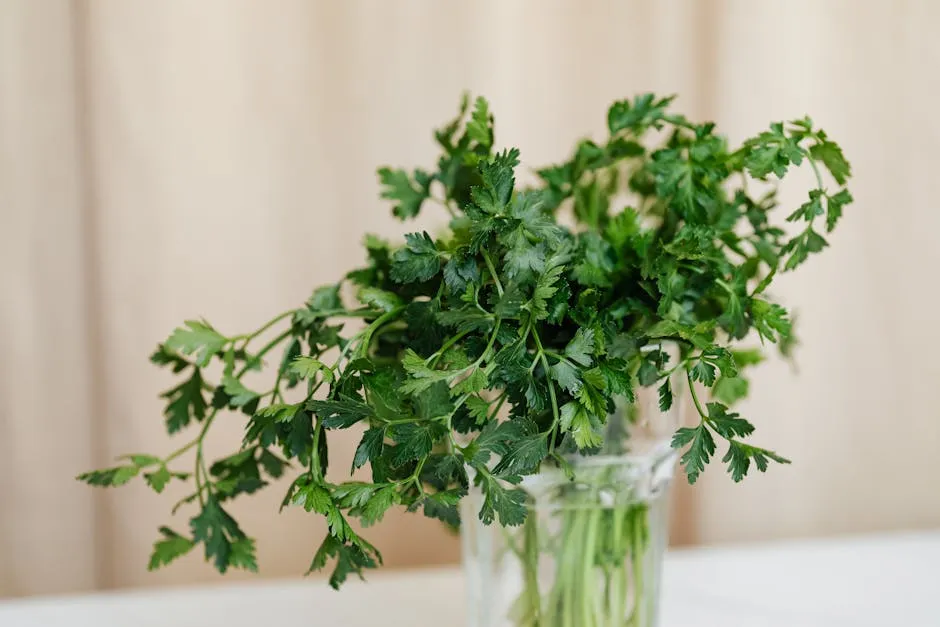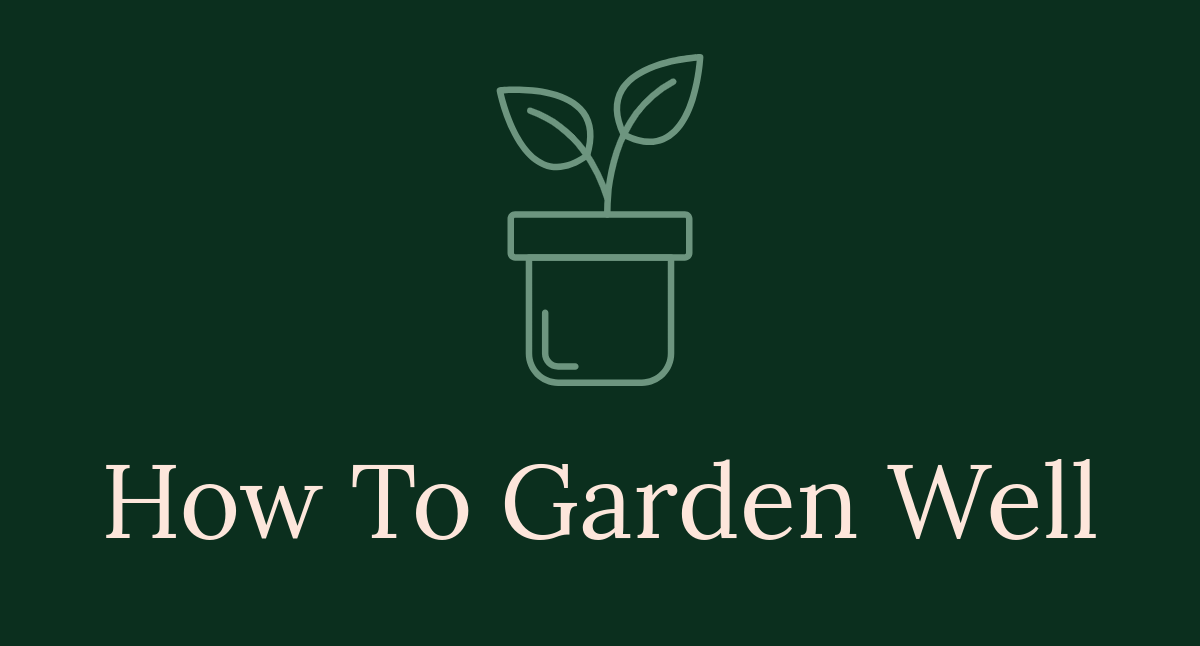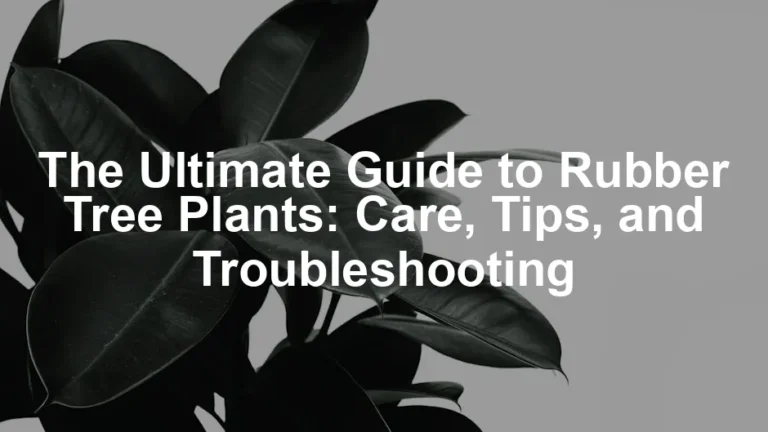

Plant Propagation Guide: A Comprehensive Beginner’s Resource
Introduction
Plant propagation is the art of growing new plants. For plant lovers, it’s a delightful journey. Not only is it cost-effective, but it also brings the joy of nurturing new life. Imagine watching a cutting transform into a thriving plant! This guide will help beginners navigate the basics with ease and excitement.To kickstart your propagation journey, you might want to consider using a Rooting Hormone Powder. This little magic powder can significantly speed up the rooting process, making your propagation efforts even more rewarding!
Summary and Overview
Plant propagation involves creating new plants from an existing one. This skill is vital in gardening and caring for houseplants. There are two main types: sexual and asexual. Sexual propagation uses seeds, while asexual methods include cuttings and divisions. Each technique caters to different plant types, ensuring everyone can find a suitable option. The experience of nurturing cuttings or divisions into new plants is incredibly rewarding, making it an enjoyable hobby for anyone.If you’re interested in a beautiful houseplant to propagate, the Pothos Plant is a fantastic choice. It’s hardy, grows quickly, and is perfect for beginners!

Understanding Plant Propagation
What is Plant Propagation?
Propagation refers to the process of creating new plants from parts of a parent plant. This can involve seeds or vegetative parts like leaves, stems, or roots. It allows gardeners to multiply their favorite plants and maintain a diverse collection. Understanding propagation methods is crucial for successful plant growth and health.Benefits of Plant Propagation
Plant propagation offers numerous advantages. First, it’s a cost-effective way to expand your plant collection. Instead of buying new plants, you can grow them from cuttings for free. It also allows you to share plants with friends and family, fostering connections through gardening. Additionally, it promotes environmental sustainability by recycling existing plants instead of purchasing new ones. Embracing propagation enriches both your space and your community.To enhance your plant care experience, consider investing in a high-quality Potting Mix Soil. Good soil is crucial for healthy plants and successful propagation!

Methods of Plant Propagation
Stem Cuttings
Stem cuttings are a popular method for many houseplants. Plants like pothos and philodendron thrive with this technique. It’s simple and rewarding, making it perfect for beginners. To get started, follow these steps: 1. Choose a Healthy Stem: Look for a stem with at least two leaves. Ensure the plant is healthy and robust.2. Make the Cut: Using clean scissors, cut the stem about 4-6 inches long. Cut just below a node, where leaves meet the stem. This area promotes root growth.
3. Remove Lower Leaves: Strip the lower leaves, leaving just a few at the top. This prevents rot when placed in water or soil.
4. Optional – Use Rooting Hormone: Dip the cut end in rooting hormone. This can speed up the rooting process.
5. Place the Cutting: You can root cuttings in water or potting mix. If using water, ensure the node is submerged and change the water weekly. If using soil, plant it in pre-moistened potting mix.
6. Provide Proper Care: Keep the cutting in bright, indirect light. In a few weeks, roots will develop, and your new plant will be ready for a larger pot.
When you’re ready to bring your cuttings to life, consider using Plastic Plant Pots with Drainage. They ensure your plants have the best environment to thrive!

Tips for Success
For the best results, consider these tips: – Use Rooting Hormone: It encourages faster root growth.– Optimal Cutting Length: Aim for 4-6 inches long for best results.
– Ideal Environment: Maintain humidity by covering the cutting with a plastic bag initially. This keeps moisture levels high.
Leaf Cuttings
Leaf cuttings are effective for plants like succulents and snake plants. This method allows you to propagate new plants from just a single leaf. For a detailed guide on this method, check out How to propagate succulents from leaf cuttings.Follow these steps for successful propagation: 1. Select a Leaf: Choose a healthy leaf from the parent plant. Ensure it’s mature and free from damage.Learning how to propagate succulents from leaf cuttings can greatly enhance your gardening skills. How to propagate succulents from leaf cuttings
2. Prepare the Leaf: For succulents, twist or cut the leaf at the base. For snake plants, cut a leaf into several sections, each about 4-6 inches long.
3. Let it Callous: Place the cuttings in a dry area for 1-3 days. This allows the cut ends to callous over, preventing rot.
4. Plant the Leaf: Lay the leaf flat on well-draining soil or place it upright for snake plants. Ensure it isn’t buried too deep.
5. Water and Light: Mist the soil to keep it slightly moist. Place in bright, indirect light. New growth should appear in a few weeks.
To maintain humidity for your cuttings, consider using a Humidity Dome for Seedlings. This little greenhouse effect can work wonders for your young plants!

Care After Planting
After planting leaf cuttings, proper care is essential: – Watering: Water only when the soil feels dry. Avoid overwatering to prevent rot.– Light Requirements: Keep the cuttings in bright, indirect sunlight. Too much direct sun can scorch the leaves.
Water Propagation
Water propagation is another fun and effective method. Many plants, including pothos and philodendrons, can thrive in water. Here’s how to do it: 1. Take a Cutting: Similar to stem cuttings, choose a healthy stem with a few leaves. Cut just below a node.2. Place in Water: Fill a clear container with room-temperature water. Submerge the cutting node but keep the leaves above the water to prevent rot.
3. Change the Water Regularly: Change the water every week to keep it fresh and oxygenated.
4. Light and Patience: Position the container in bright, indirect light. Roots should start developing within a few weeks.
5. Transplanting: Once roots are about 2 inches long, transplant the cutting into potting soil. This method is visually rewarding, as you can watch the roots grow through the clear container.
Root Division
Root division is a simple yet effective way to propagate certain plants. This method works best when the plant has multiple stems or a robust root system. Late spring or early fall is the ideal time for root division, as plants are actively growing. To successfully divide and replant: 1. Prepare Your Tools: Gather clean, sharp scissors or a garden knife. You’ll also need fresh potting soil and pots for the new plants.2. Remove the Parent Plant: Gently take the plant out of its pot. Be careful not to damage the roots while loosening the soil.
3. Inspect the Roots: Look for natural divisions in the root system. Each division should have at least one healthy stem and a good amount of roots.
4. Cut the Roots: Using your scissors or knife, cut through the roots. Make sure each section has enough roots for it to thrive.
5. Replant the Divisions: Place each division in its own pot filled with fresh soil. Water them well to help settle the soil around the roots.
6. Provide Care: Keep the new plants in bright, indirect light. Water them regularly but avoid overwatering. In a few weeks, you should see new growth. Root division not only helps you propagate but also rejuvenates the parent plant, encouraging fresh growth.
Appropriate Plants for Root Division
Several plants respond exceptionally well to root division. Consider these options: – Peace Lily: Thrives with this method and can be divided easily.– Snake Plant: A hardy choice that propagates well through root division.
– Hostas: Perfect for creating more plants from established clumps.
– Daylilies: Known for their vigorous growth and easy division.
– Ornamental Grasses: Excellent for quickly multiplying your garden’s greenery.
These plants are perfect for beginners looking to expand their collection through root division. For more gardening tips, check out raised bed gardening tips and tricks.

Expanding your gardening knowledge can significantly enhance your propagation skills. raised bed gardening tips and tricks
Solutions and Preventative Measures
Plant propagation can be challenging, but don’t worry! Here are some practical solutions to common issues. 1. Prevent Rot: Rot often occurs when cuttings are overwatered. Ensure your potting medium is well-draining. If propagating in water, change it weekly to keep it fresh.2. Encourage Root Growth: If roots take too long, check your light conditions. Plants need bright, indirect light to thrive. Too little light slows growth.
3. Humidity Matters: High humidity helps cuttings establish roots. Use a plastic bag or humidity dome over your cuttings to maintain moisture. Just remember to ventilate occasionally to avoid mold.
4. Pest Control: Pests like aphids can damage young plants. Inspect cuttings regularly. If you spot pests, gently wash them off with water or use insecticidal soap.
5. Know Your Plants: Some plants are easier to propagate than others. Research your specific plant to understand its needs. Choosing the right method increases your chances of success.
To help you with pest control, consider an Organic Pest Control Spray. It’s a safe and effective way to keep your plants healthy!

Conclusion
In this guide, we’ve covered the essentials of plant propagation. You learned about various methods, tips for success, and how to troubleshoot common problems. Now it’s time to experiment! Start propagating your favorite plants and see which methods work best for you. Don’t forget to share your experiences in the comments! There’s a unique joy in nurturing new life and watching your plant family grow. Happy propagating!And while you’re at it, why not try your hand at creating an indoor herb garden? An Indoor Herb Garden Kit can provide fresh flavors right from your kitchen!

FAQs
What is the easiest plant to propagate?
Pothos and spider plants are top choices for beginners. They root quickly and thrive in various conditions.
How long does it take for cuttings to root?
Typically, cuttings take 2-6 weeks to root, depending on the plant and method used. Water propagation may show roots sooner than soil.
Can all plants be propagated from cuttings?
Not all plants can be propagated this way. Soft-stemmed plants like pothos and philodendron work well, while woody plants may struggle.
What supplies do I need for plant propagation?
Essential supplies include clean scissors, pots, potting mix, water, and possibly rooting hormone.
How do I know if my cutting has rooted successfully?
Look for new growth or roots emerging from the bottom of the pot. Gently tugging on the cutting can also indicate root establishment.
Please let us know what you think about our content by leaving a comment down below!
Thank you for reading till here 🙂
All images from Pexels



